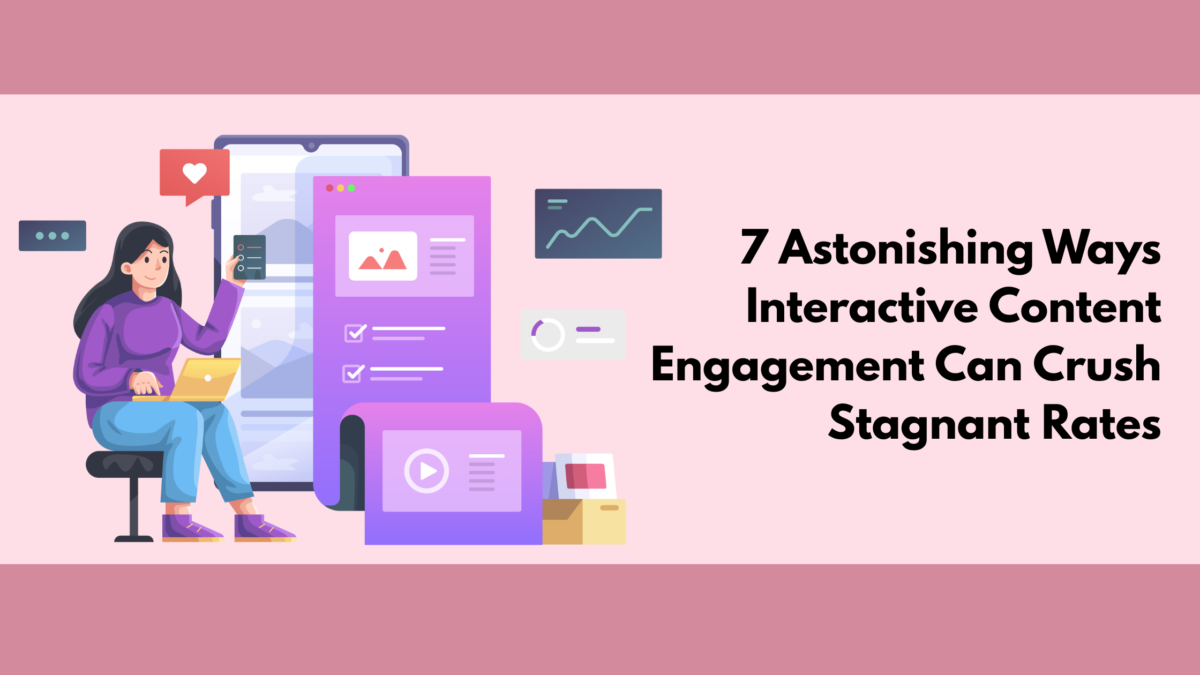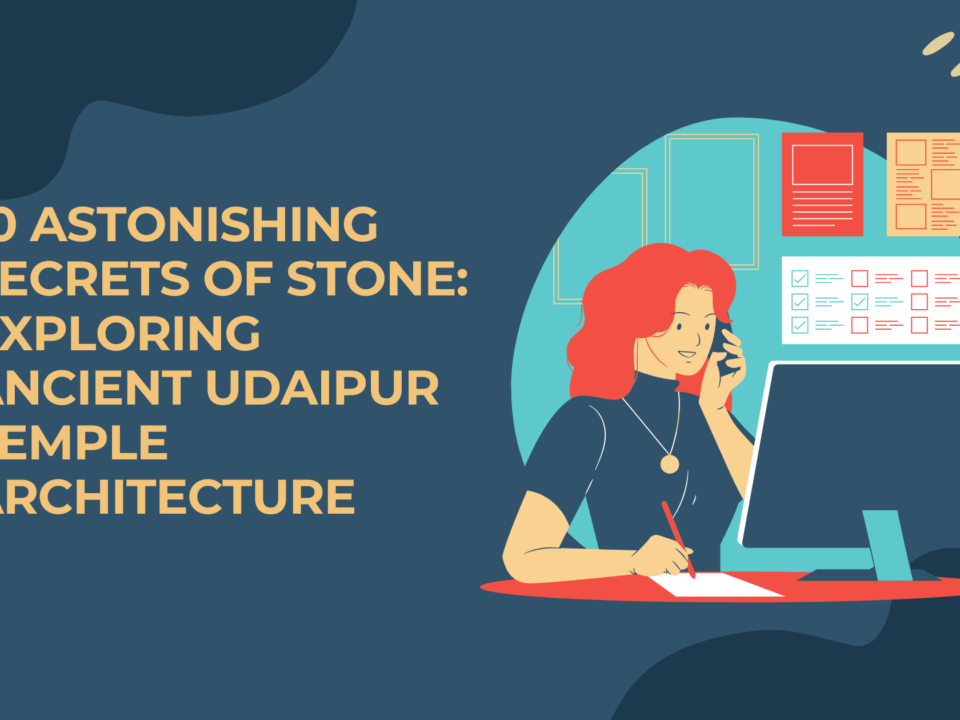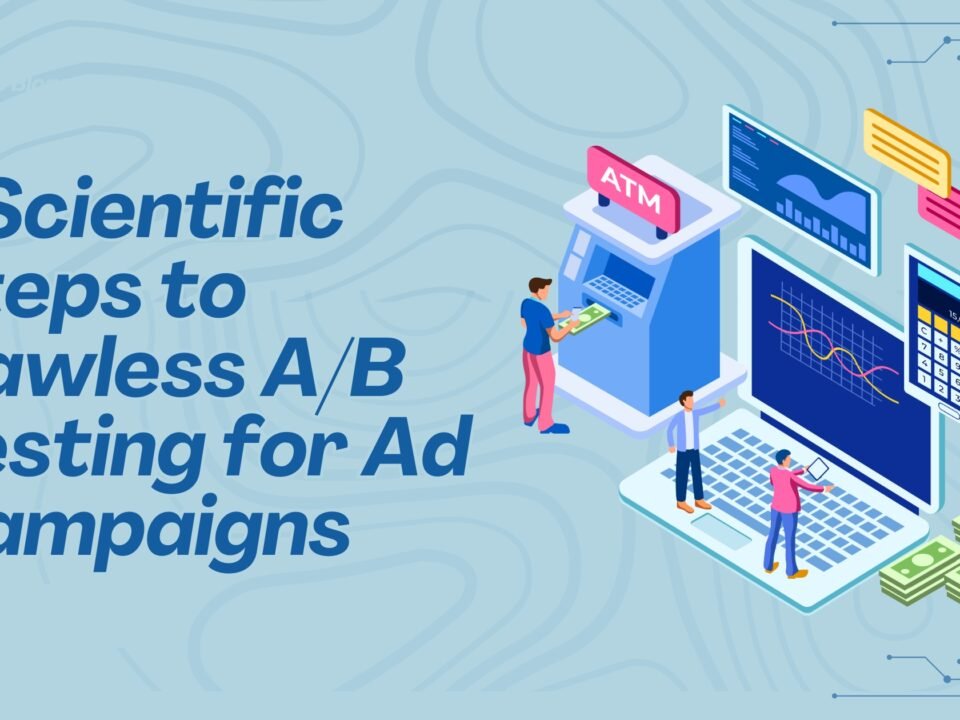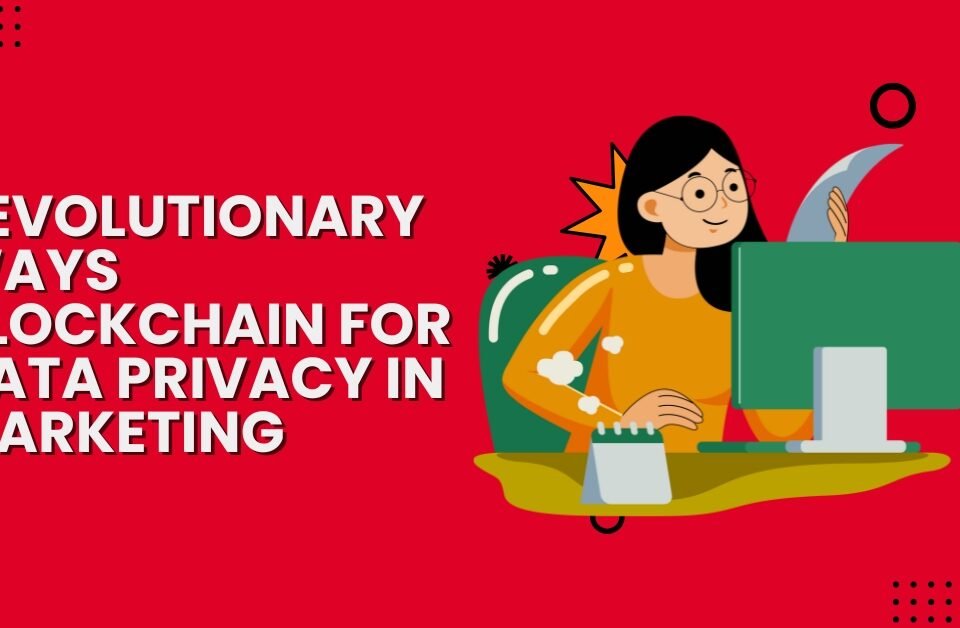
Introduction: The Shift from Passive Consumption to Active Participation
In today’s hyper-saturated digital landscape, the sheer volume of information being published every second is Astonishing. Consumers are suffering from content fatigue, scrolling past static articles and conventional videos with a speed that is detrimental to business goals. The traditional model of content marketing—create, publish, and hope—is failing. Simply put, providing information is no longer enough; success hinges on cultivating genuine, meaningful participation. This is the new imperative for marketers, and the solution lies squarely in Interactive Content Engagement.
Interactive Content Engagement is the strategic use of content formats that require active input from the user, transforming them from passive consumers into active participants or co-creators of their experience. Think quizzes, calculators, polls, and interactive infographics. These formats do not just deliver information; they create a two-way dialogue. This shift in dynamic is precisely what allows leading brands to not only capture attention but also to significantly crush their competitors’ low engagement metrics. By inviting users to play, calculate, assess, or vote, you offer them immediate, personalized value in exchange for their most precious commodity: their time.
The data unequivocally supports this approach. Studies have shown that interactive content generates significantly higher engagement rates—up to 52.6% higher—than its static counterparts. It is more memorable, more shareable, and critically, more effective at turning a casual visitor into a qualified lead. This blog post delves into the 7 Astonishing ways that incorporating these tools into your strategy can redefine your relationship with your audience and deliver superior results, proving that Interactive Content Engagement is not a trend, but the future of digital communication.
1. Drastically Lowering Bounce Rate and Skyrocketing Dwell Time
One of the most immediate and tangible benefits of Interactive Content Engagement is its profound impact on website metrics, specifically the reduction of bounce rate and the increase of dwell time. Static content, by its nature, encourages a ‘read and leave’ behavior. If the headline or the first paragraph doesn’t immediately resonate, the user bounces.
Interactive Content Engagement, however, forces the user to do something. A ‘Which [Product] Are You?’ quiz requires multiple clicks and selections. A personalized ROI calculator requires inputting several figures. This mandatory participation naturally extends the time a user spends on the page. When a visitor is actively working with a piece of content, their session duration can often double or even triple compared to simply reading an article of the same length. Search engines interpret this extended dwell time as a strong signal of high-quality, relevant content, leading to a boost in search rankings. Ultimately, the active loop of interaction—input, processing, and receiving a personalized result—is an Astonishingly sticky mechanism that keeps users invested, helping to crush the historically problematic high bounce rates for informational content. By turning a page into a personal tool or game, you are not just publishing content; you are creating an experience that demands commitment.
2. Generating Unparalleled First-Party Data for Personalization
The move away from third-party cookies makes the collection of zero- and first-party data an Astonishingly valuable commodity. Traditional static content only provides behavioral data (what the user clicked on). Interactive Content Engagement provides declared data—the most valuable kind.
When a user completes an interactive assessment, quiz, or survey, they are volunteering explicit information about their preferences, pain points, and current situation. For instance, a “What is Your Content Marketing Weakness?” quiz doesn’t just entertain; it tells the marketing team exactly what kind of educational content or product pitch that user needs next. This direct, self-declared data allows for a level of hyper-personalization that is simply impossible with static content. Each interaction is a data point, enabling brands to segment their audience with surgical precision. This allows marketing automation systems to deliver follow-up communications, product recommendations, and retargeting ads that are perfectly tailored, significantly improving conversion rates and demonstrating the true, data-driven power of Interactive Content Engagement.
3. Increasing Social Shareability and Amplifying Reach
One of the core psychological drivers behind the success of interactive content is the user’s desire to express and share their identity or results. This is where Interactive Content Engagement truly shines in amplifying reach.
Think about the most shared content you see on social media: it’s rarely a 1,500-word white paper. It is almost always a quiz result, a personalized image from a tool, or a poll they want their network to weigh in on. The Astonishing virality stems from the personal nature of the outcome (“I got [X] result on the [Brand] quiz!”) and the inherent challenge or curiosity it presents to others. The user becomes an advocate for your content, leveraging their own social capital to drive traffic back to your site. This free, organic distribution is an incredibly powerful way to crush paid media costs and quickly grow brand awareness. Content formats like personality quizzes, bracket polls, and score-based assessments are practically designed for social media sharing, transforming one user’s private interaction into a public, shareable endorsement of your brand’s Interactive Content Engagement.
4. Serving as Superior Lead Magnets and Conversion Tools
For decades, the ebook or PDF guide reigned supreme as the lead magnet. While still useful, requiring an email address to access a piece of Interactive Content Engagement proves to be far more effective at the point of conversion.
The value proposition of an interactive tool is immediate and clear: in exchange for their email, the user gets an instant, personalized diagnosis or solution. A static ebook promises generalized information eventually. A financial calculator promises a custom savings projection right now. This immediate, high-utility value exchange is why interactive content consistently yields higher conversion rates. Furthermore, the information captured through the interaction (e.g., the user’s current budget, their industry, or their biggest challenge) moves them further down the funnel than a simple email address ever could. This efficiency in converting visitors to leads and then immediately qualifying them provides an Astonishing return on the content investment, helping companies crush their quarterly lead generation goals with high-quality, pre-segmented contacts.
5. Simplifying Complex Concepts and Improving Knowledge Retention
Many businesses deal with complicated products, services, or technical information that can be difficult to convey in a standard article. Interactive Content Engagement offers an elegant solution by making learning a hands-on experience.
An interactive infographic, for example, allows users to click on different data points to reveal specific explanations, rather than being overwhelmed by a massive, static wall of charts and text. An interactive video lets the viewer choose their own path through a product demo, focusing only on the features relevant to them. This active participation in the learning process is scientifically proven to improve knowledge retention. By gamifying the consumption of complex information, brands can ensure their core messages and product benefits are absorbed and remembered. This structural advantage allows brands to cut through the information clutter and achieve an Astonishing clarity, demonstrating that high-value Interactive Content Engagement can simplify the most complex narratives.
6. Building Brand Loyalty and Fostering Emotional Connections
In a digital marketplace where products are often indistinguishable, the experience a brand provides becomes the key differentiator. Interactive Content Engagement is a powerful tool for forging a deeper, emotional bond with the audience.
Interactive elements are inherently fun, novel, and rewarding. Successfully completing a quiz, getting a personalized recommendation, or simply being acknowledged through a poll creates a small but meaningful positive association with the brand. This sense of play and reward taps into fundamental human psychology. Unlike reading a generic article, an interactive experience makes the user feel seen, understood, and valued, moving the relationship beyond a transactional one. Brands that consistently prioritize high-value Interactive Content Engagement are the ones that build a loyal community that trusts them. This investment in the user’s emotional experience is an Astonishing long-term strategy that helps to crush churn rates and build true brand advocates.
7. Optimizing Content Strategy with Real-Time Performance Feedback
The final and arguably most essential benefit is the ability of Interactive Content Engagement to provide immediate, actionable feedback on your content strategy. Static content measurement is often limited to views and scroll depth.
Interactive content provides a much richer dataset: completion rates, time spent on specific questions, drop-off points, and the aggregate trends in user answers. For example, if 75% of users drop off at question #4 of an assessment, you immediately know that question is too complex, too personal, or irrelevant. This real-time, behavioral data allows marketers to A/B test and iterate on content formats with speed and precision, constantly optimizing for maximum engagement and conversion. By knowing exactly what captivates and what repels your audience, you can refine your entire content funnel. This immediate feedback loop is an Astonishing operational advantage that helps smart marketers continuously crush performance benchmarks by creating smarter, more targeted Interactive Content Engagement tools.
Conclusion: Embracing the Astonishing Power of Participation
The era of passive content is rapidly fading. The future of digital marketing belongs to brands that understand and embrace the transformative potential of Interactive Content Engagement. The 7 Astonishing benefits detailed here—from drastically lowering bounce rates and generating superior first-party data to improving knowledge retention and building lasting brand loyalty—are not just theoretical advantages; they are proven mechanisms for success.
In a world where attention is the scarcest resource, the ability of a well-designed quiz, calculator, or poll to capture and hold a user’s focus is truly unparalleled. It shifts the user relationship from one of consumption to one of collaboration, providing immediate, personalized value that users are compelled to share. To crush the stagnation of traditional content marketing and unlock explosive growth in both engagement and qualified leads, the mandate is clear: invest strategically in Interactive Content Engagement. It is the most powerful tool in the modern marketer’s arsenal for delivering an experience that is both memorable and measurable, securing your place at the forefront of the digital conversation.




